|
Objectives:
Directions: Read story Discuss story Ask students why might people spread gossip? (to get attention, revenge, to draw attention away from something they did, etc.) Two Truths and a Lie (celebrity) [the lies do not have periods at the end of the sentences, all info was gotten off IMDb] Talk about how even flattering rumors can still hurt someone. (if you got a new video game and I told everyone, it would take away from your joy of telling people) Talk about how spreading embarrassing truths can also hurt someone. Talk about ways to stop/decrease spreading of rumors (ask students what they think they can do to stop the spread of rumors?) Have students fold a paper in half for every time they agree with a statement.
1 Comment
Objectives:
Directions: Define Conflict: A struggle or clash between opposing forces; Incompatibility or interference, as of one idea, desire, event, or activity with another; Mental struggle resulting from incompatible or opposing needs, drives, wishes, or external or internal demands; Ask students for examples of conflict Ask is conflict always a bad thing Discuss how conflict is neutral and the way we hand conflict can be both a positive and negative Discuss how we all have a style of how we prefer to handle conflict Help students Identify their conflict style Have students complete the Fairy Tale Conflict worksheet, Ask students to think about how they solve the conflict in the fairy tale and how that aligns with their conflict style This lesson is similar to the 1st - 2nd grade lesson but with it simplified to the four main feelings. Objectives:
Read the story The Way I Feel. Discuss how we have lots of feelings and how they are constantly changing. Remind students that it is okay to have any feeling, how we show those feelings needs to be done in a safe manner. Show pumpkin emotion cards and have students guess what emotion they are. Have students draw their own pumpkin faces for happy, sad, silly, and mad.
Digital Citizenship - 4th gradeFor my digital citizenship lesson, I used a lesson I found at Eagle Digital Citizenship. I did change what video I used. I liked this video from Common Sense Education better for my students. Here are some examples from my students. This lesson taught about so much more than digital citizenship as students explored interests and hobbies, identified college and career goals, and personal aspirations.
Digital Citizenship - 5th gradeFor the 5th graders, I used The Power of Words lesson plan by Common Sense Media Here are the links to all the resources. I adapted the lesson slightly to fit what I thought would benefit my students. Power of Words Lesson In the lesson, I only used Words Can Hurt and the Talk & Take Action worksheets. Discussion Questions Family Tip Sheet The students had a blast making their own comics and sharing them on the overhead with the whole class. Objectives:
Read the story Stand in My Shoes. Ask Students to define empathy. (Empathy - the ability to understand and care about how another person is feeling.) Watch the Sesame street video if students need further clarification. Talk about the Five Steps of Empathy:
4 Heart: I let the students decide if they wanted to talk through the scenarios or act them out. I loved watching the students come up with clever ways to show empathy when they acted out the scenes. The classes that choose to act out vs talking had better responses to the scenarios. Objectives:
Directions: Explain that today we’re going to learn about feelings. We’re going to learn how to sort feelings into 4 different categories based on how your brain and body feel. Blue - body is running slow, not much energy, tired, sick, sad, or bored Green - body feels good to go, like a green light, happy, calm, focused Yellow - caution and slow down, body is starting to lose control, feel silly, wiggly, excited, worried, anxious, surprised Red - out of control and need to stop, extreme feelings like anger, extreme nervous Read the story The Way I Feel. Show Pumpkin emotion cards and have students guess what emotion they are and what zone they are in. Ask students what parts of the face helped you decide what emotion it is? Point out eyebrows, eyes, mouth, cheeks and how we use those to help us understand how others are feeling. Have students draw their own pumpkin faces for each zones. 4 Heart: I was careful with this lesson to not reference the well-known holiday. I talked about fall for the use of pumpkin shapes because it is funner then drawing on circles. The students quickly picked up on the idea of sorting feelings into the four Zones of Regulation. My talented daughter drew the faces on the pumpkins. Objectives:
Read the story You Be You. As you are reading point out how the fish are all swimming but in different directions. Ask students what differences they saw. Talk about how we are like the fish in the book and we are all different but maybe we look or do something like someone else. But we are still unique. Have students create their own rock fish and attach to the ocean (blue bulletin paper). 4Heart: The students loved being creative with designing their fish and how they swam in the ocean. Their ocean hung in the hall most of the year. 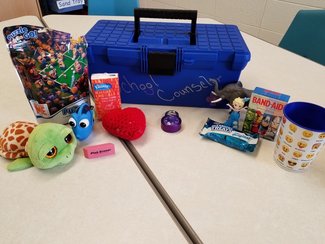 Objectives:
Introduce yourself to the class. Use the School Counselor Toolbox to facilitate a conversation about what a counselor does. Let students take turns coming up and picking an item and share why they think I might have it in my toolbox. (remind students that not everyone will get a turn)
* I have also supplemented this lesson by starting with the story Mrs Joyce Gives the Best High Fives: Introducing the School Counselor by Erainna Winnett 4 Heart: This lesson helps students to understand the role of a school counselor and learn the numerous ways I am here to support them. The drawings pull my heart strings as I see what parts of my job they like best. Objectives:
Healing the Heart from Savvy School Counselor
Ask students if they know and remember what a school counselor does. If they understand the role of the school counselor, move on to the activity. If not, discuss K-2 lesson. This activity will prompt students to think about common problems they may face and determine the size of the problem. By determining the size of a problem, students will also learn how quickly they should seek help from the school counselor (or a trusted adult for those critical situations). Healing the Heart revised activity - Print out the Large, Medium, Small, and Critical Problem Hearts on full size sheets of paper. Print out band-aids and attach descriptions on the bottom side, laminate materials for longevity. At the beginning of the lesson, read each of descriptions for the four different sizes of problems. Hang up hearts on a visible surface. Pass out band-aids to the students (working in groups of two or more) have them complete the worksheet. (I had groups of two students and they each got two bandaids). Once WS is completed, students will put their band-aid under the correct heart on the board. Discuss example and why it is under that category. Discuss with students about when to see me and how to see me. 4 Heart: This lesson helps students to understand the size of a problem (some serious critical thinking happening) and then use that knowledge to know how soon they should see the school counselor (making informed decisions). I also use this time to remind students about what my school's procedures are for coming to see me. |
AuthorHi, I'm Christi; a School Counselor in Ohio. Please see the About page for more details. Archives
November 2017
Categories
All
|
||||||||||||||||||||||||||||||||||||||||||||||||||

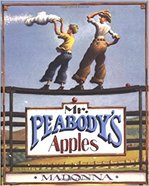

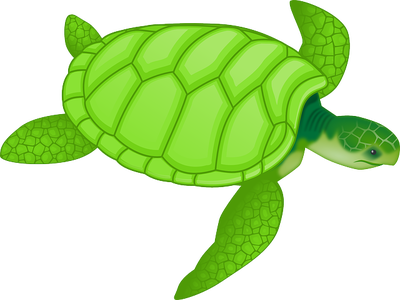
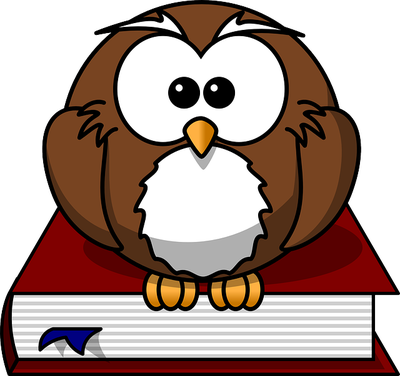


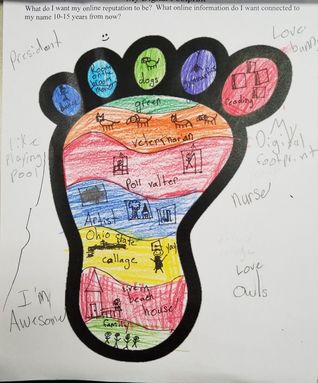
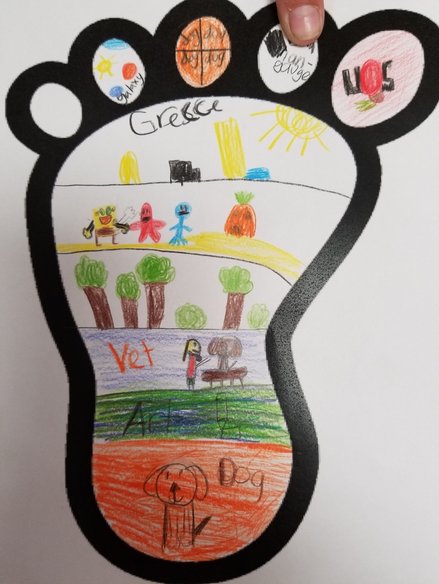
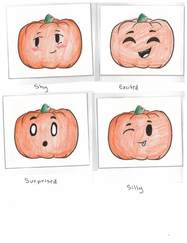
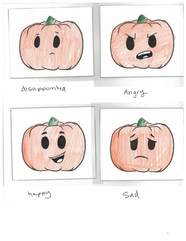
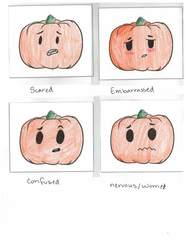
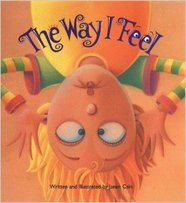
 RSS Feed
RSS Feed